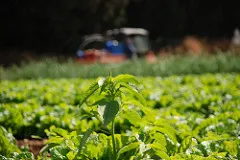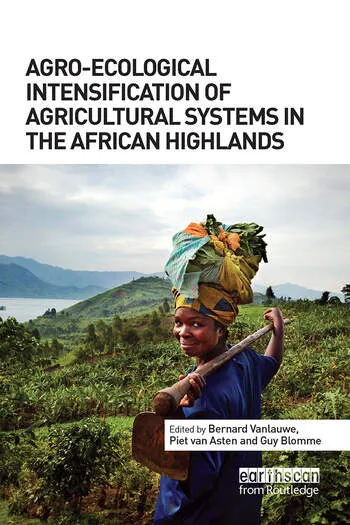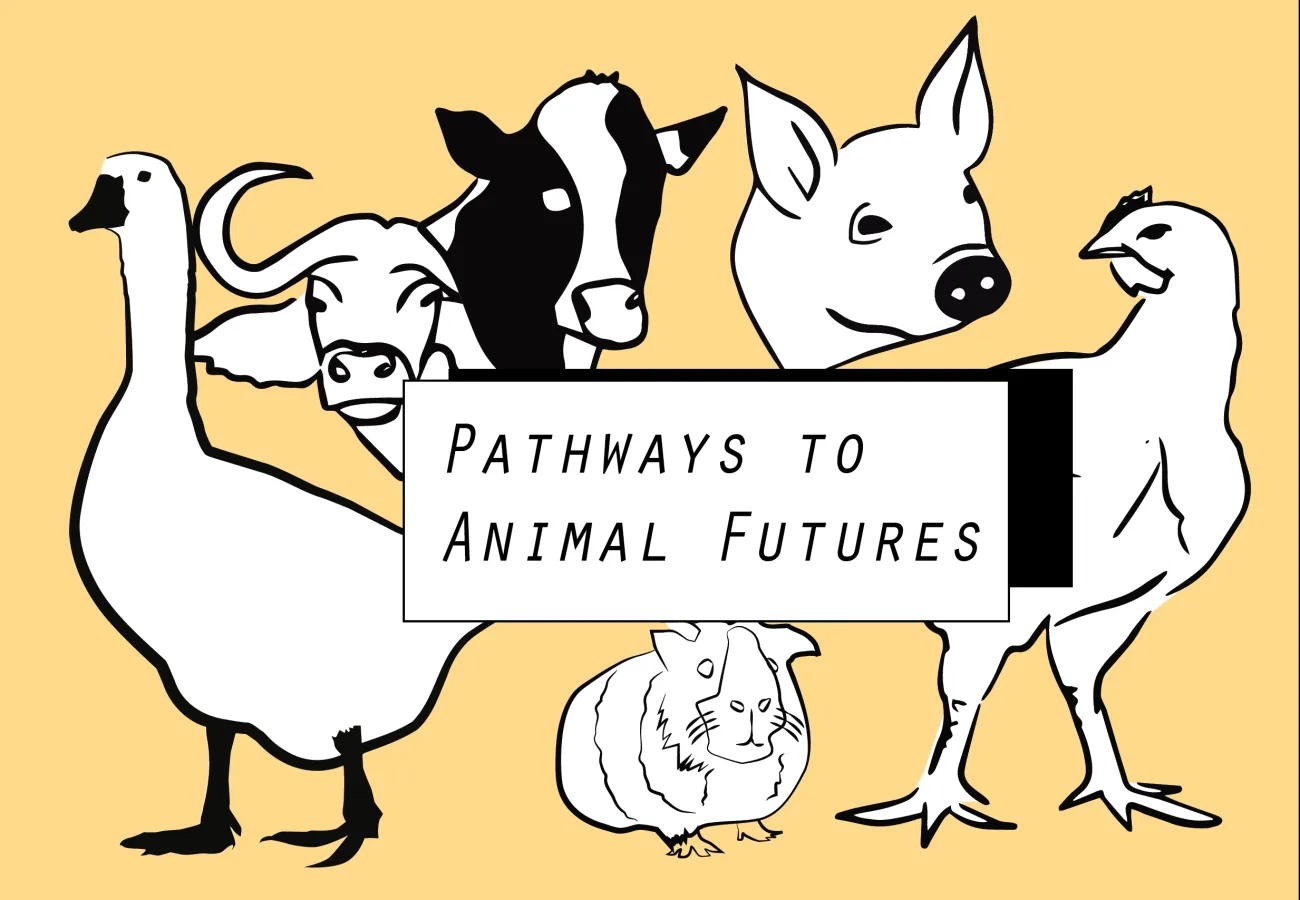Entering into the sustainable intensification debate, Johan Rockström from the Stockholm Resilience Centre and colleagues propose that a paradigm for sustainable intensification can be defined and translated into an quantitative, operational framework for agricultural development.

Central to the paradigm is recognition that ‘the biophysical boundaries of Planet Earth impose a hierarchy of criteria on the definition of sustainability: sustainability is not a relative concept or an act of balancing competing claims; it sets absolute biophysical limits.’ They argue that only within these boundaries (e.g. operating within a 1.5 °C global carbon budget) is humanity likely to avoid disastrous and irreversible shifts in environmental conditions.
The common way to view sustainable intensification focuses largely on how to increase agricultural output while keeping the ecological footprint as small as possible. Here, the authors propose that sustainable limits are quantified first and sustainable agriculture development goals set second. In this way, by defining development within technically defined criteria or boundaries, social and economic trade-offs can be assessed fairly.
The paper further aims to illustrate the potential for sustainable intensification by presenting examples of existing sustainable practices across different areas of agricultural development, such as soil tillage systems, water resource management, crop and nutrient management, livestock practices, integrated landscape management, pest management, and management of ecosystem services. They also promote the idea of investing in costly, spatially concentrated “grand experiments” involving a range of disciplines and stakeholder groups, which pilot sustainable intensification at the very large scale of a region or basin.
Abstract
There is an ongoing debate on what constitutes sustainable intensification of agriculture (SIA). In this paper, we propose that a paradigm for sustainable intensification can be defined and translated into an operational framework for agricultural development. We argue that this paradigm must now be defined - at all scales - in the context of rapidly rising global environmental changes in the Anthropocene, while focusing on eradicating poverty and hunger and contributing to human wellbeing. The criteria and approach we propose, for a paradigm shift towards sustainable intensification of agriculture, integrates the dual and interdependent goals of using sustainable practices to meet rising human needs while contributing to resilience and sustainability of landscapes, the biosphere, and the Earth system. Both of these, in turn, are required to sustain the future viability of agriculture. This paradigm shift aims at repositioning world agriculture from its current role as the world’s single largest driver of global environmental change, to becoming a key contributor of a global transition to a sustainable world within a safe operating space on Earth.
Citation
Rockström, J., Williams, J., Daily, G., Noble, A., Matthews, N., Gordon, L., Wetterstrand, H., DeClerck, F., Shah, M., Steduto, P. and de Fraiture, C., (2016) Sustainable intensification of agriculture for human prosperity and global sustainability. Ambio, pp.1-14. doi:10.1007/s13280-016-0793-6
You can find the full article (open access) here.
Other work by the Stockholm Resilience Centre on Planetary Boundaries can be found here. More information on Kate Raworth, who has extended the Planetary Boundaries work to include eleven social priorities in her ‘Doughnut economics’, here.
And for a summary of these concepts, please look at Foodsource chapter 1.6.




Comments (0)